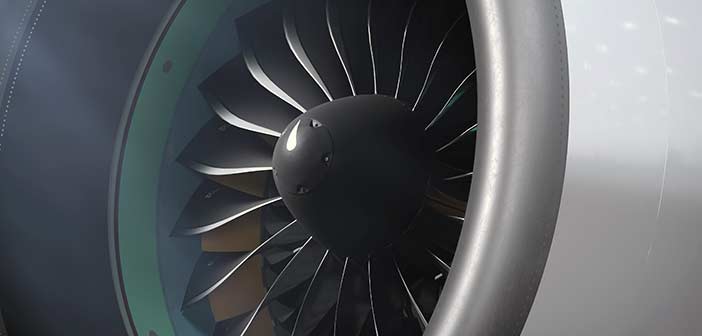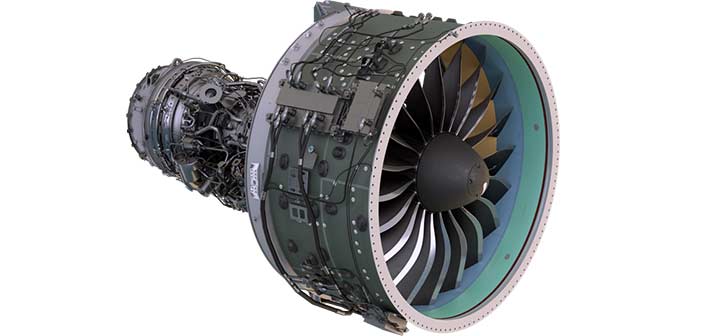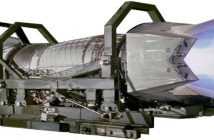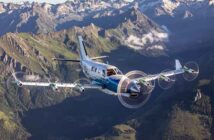NASA’s X-66A Sustainable Flight Demonstrator Project: In a groundbreaking partnership, the US defence and aerospace company RTX has been selected by Boeing to collaborate on the X-66A flight demonstrator as part of NASA’s Sustainable Flight Demonstrator project. This initiative is dedicated to achieving net-zero CO2 emissions for commercial aviation. With the support of RTX business units Pratt & Whitney and Collins Aerospace, Boeing aims to develop the next-generation single-aisle aircraft with improved fuel efficiency and reduced emissions.
The X-66A flight demonstrator project, part of NASA’s Sustainable Flight Demonstrator initiative, has chosen RTX as a collaborator. This project aims to develop the Transonic Truss-Braced Wing (TTBW) concept, which has the potential to revolutionize fuel efficiency and emissions reduction in future single-aisle aircraft.
RTX’s Pratt & Whitney and Collins Aerospace divisions will provide support and expertise in engine technology. RTX Business Units Supporting Boeing: Pratt & Whitney and Collins Aerospace, both divisions of RTX, will play a crucial role in the X-66A project.
Pratt & Whitney will contribute their advanced GTF engines, renowned for industry-leading fuel efficiency and sustainability benefits. Collins Aerospace will provide nacelles and engine accessories, including lightweight and durable materials such as composites and metallic materials that encase the engine.
READ: Prachand: Indian military pitches for large number of locally made attack helicopters
Ground and Flight Testing
RTX’s Pratt & Whitney and Collins Aerospace units will not only support the development phase but also assist in ground and flight tests for the X-66A project. These tests are scheduled to commence in 2028 and will provide valuable data on the performance of the Transonic Truss-Braced Wing (TTBW) concept. This collaboration demonstrates the commitment of RTX and Boeing to achieving a more sustainable aviation future. NASA’s Sustainable Flight National
RTX-Boeing partnership for X-66A flight demonstrator
The Sustainable Flight Demonstrator is a vital component of NASA’s larger Sustainable Flight National Partnership. This collaboration brings together industry leaders to develop and implement innovative technologies that enable commercial aviation to achieve net-zero CO2 emissions. By partnering with NASA in this ambitious endeavor, RTX and Boeing aim to shape the future of aviation while reducing its environmental impact.
READ: India formally inducts Airbus C-295 MW transport aircraft in IAF fleet

GTF Engine.
Pratt & Whitney’s GTF Engines
RTX’s Pratt & Whitney division’s GTF engines are at the forefront of cutting-edge engine technology. These engines utilize a revolutionary geared fan architecture that delivers exceptional fuel efficiency for single-aisle aircraft. Since entering service in 2016, GTF engines have already saved airlines over 1.4 billion gallons of fuel and reduced CO2 emissions by more than 14 million metric tons.
Moreover, these engines can operate with sustainable aviation fuel (SAF) and offer a substantial noise reduction of up to 75% compared to previous generation engines.
Collins Aerospace
Collins Aerospace, another RTX business unit, brings its extensive experience in aerospace innovation to the X-66A project. Collins will provide nacelles and engine accessories crucial for controlling airflow, reducing noise, and facilitating thrust reversal during landings. Their years of successful collaboration with NASA, Boeing, and Pratt & Whitney position them as key players in developing technologies that significantly reduce the environmental footprint of the aviation industry.
READ: Australia orders Israeli Spike anti-tank guided missiles

Pratt & Whitney’s GTF Engine.
Decarbonizing Aviation
According to a RTX statement, the company recognizes the importance of decarbonizing the aviation industry and is actively involved in advancing various technologies to achieve sustainable aviation. These include engine readiness for unblended 100% sustainable aviation fuel (SAF), as well as the exploration of hybrid-electric propulsion and hydrogen fuel.
In addition to the X-66A project, Pratt & Whitney and Collins are also partnering with NASA on other Sustainable Flight National Partnership projects, such as Hybrid Thermally Efficient Core (HyTEC) and Hi-Rate Composite Aircraft Manufacturing (HiCAM).
READ: India’s ISRO launches seven satellites for Singapore in PSLV-C56 mission
The selection of RTX by Boeing as a collaborator on the X-66A flight demonstrator project signifies a significant step forward in sustainable aviation. With the support of Pratt & Whitney and Collins Aerospace, Boeing aims to develop the Transonic Truss-Braced Wing (TTBW) concept, which has the potential to bring about substantial improvements in fuel efficiency and emissions reduction.
This collaboration exemplifies the power of public-private partnerships in driving technological breakthroughs towards achieving a more sustainable, net-zero emissions future for the aviation industry.
READ: India remains largest arms importer as Russia’s share declines below 50%: SIPRI


